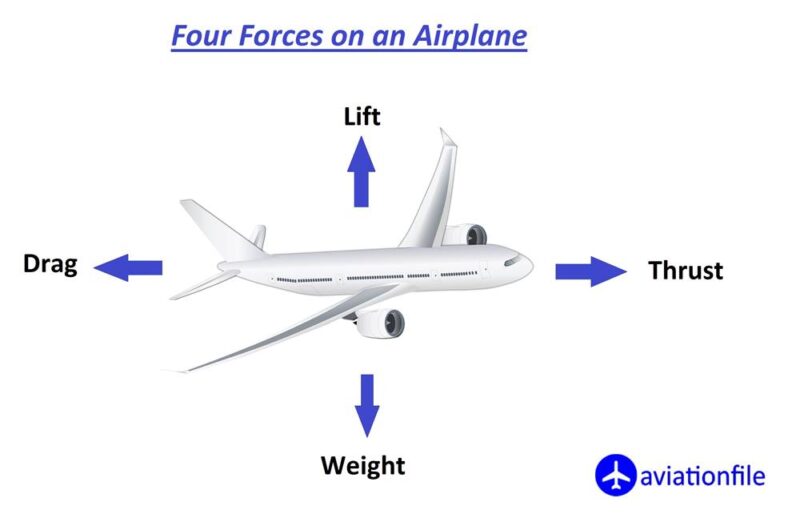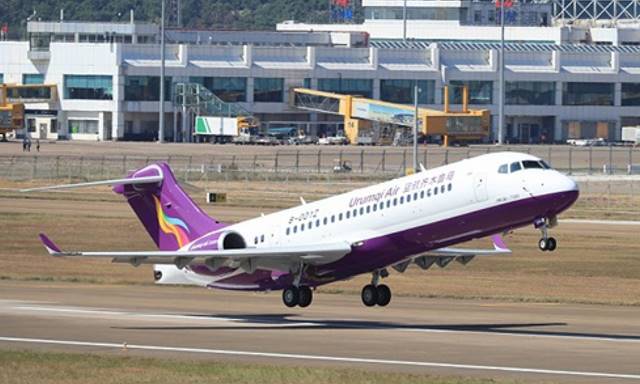Slats of Aircraft
The slat of aircraft is a high-lift device located on the leading edge of an aircraft’s wing. It is designed to increase the lift generated by the wing at low speeds, such as during takeoff and landing. The slat works by creating a slot between itself and the wing, which allows high-pressure air to flow from the bottom of the wing to the top, energizing the boundary layer and delaying flow separation, resulting in increased lift.

Compared to flaps, which are located on the trailing edge of the wing, slats are generally more effective at increasing lift at low speeds. This is because slats work by creating a slot that energizes the airflow over the entire leading edge of the wing, while flaps primarily affect the airflow over the rear portion of the wing. Additionally, slats are less susceptible to aerodynamic stall than flaps, making them a safer option for low-speed flight.
Types of Slats
There are two main types of slats: fixed and movable. Fixed slats are permanently attached to the wing and are designed to remain in a fixed position during flight. Movable slats, on the other hand, are able to move outwards from the wing to increase the slot size and further energize the airflow over the wing.
The use of slats on aircraft has been a key factor in the development of high-lift systems, which allow aircraft to operate at low speeds and make shorter takeoffs and landings. Some notable examples of aircraft that use slats include the Boeing 747, Airbus A380, and the Concorde supersonic transport.
References:
- “Aircraft Design: A Systems Engineering Approach” by Mohammad H. Sadraey
- “Aircraft Performance and Design” by John Anderson
- “Introduction to Flight” by John Anderson



